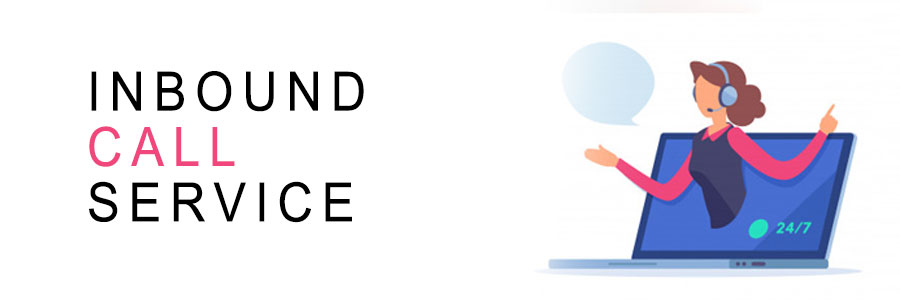
Inbound call And Outbound Call
Inbound call

Voice calls from current or potential clients are referred to as Inbound calls. Typically, they are sent to an inbound contact center, where customer advisers answer and deal with their inquiries.Customer service and sales calls are the two main categories of inbound calls.
Customer service calls are typically made by customers who have a question, problem, or complaint about a product or service. Customer service representatives are responsible for resolving these issues quickly and efficiently, and providing customers with a positive experience.
Sales calls are typically made by potential customers who are interested in learning more about a product or service. Sales representatives are responsible for answering the customers questions and persuading them to make a purchase.
Inbound calls are an important part of many businesses. They provide a way for customers to get help and support, and for businesses to generate leads and sales.
Here are some examples of inbound calls:

- A customer calling a bank to inquire about their account balance
- A customer calling a retail store to ask about the availability of a product
- A customer calling a customer service line to report a problem with a product
- A potential customer calling a business to learn more about their services
- A sales lead calling a business to inquire about a product or service that they were contacted about
Inbound calls can be handled in a variety of ways, depending on the size and needs of the business. Some businesses have their own in-house call centers, while others outsource their call handling to a third-party provider.
Providing excellent inbound call services:
- Answer calls promptly. Customers should not have to wait long to speak to a
representative.
- Be friendly and professional. Customers ought to feel appreciated and respected.
- Be knowledgeable and helpful. Representatives should be able to answer customer
questions and resolve their issues quickly and efficiently.
- Be patient and understanding. Customers may be frustrated or upset when they call, so it is important to be patient and understanding.
- Follow up with customers. After a call, it is a good idea to follow up with the customer to make sure that their issue was resolved and that they are satisfied with the service they received.
By following these tips, you can provide excellent inbound call service that will help you to
grow your business and succeed.
If you are looking for ways to improve your inbound call service, you may want to consider
investing in a cloud call center solution. Cloud call centers offer a variety of features and
functionality that can help you to improve your customer service operations, such as:
- Automatic call distribution (ACD)
- Interactive voice response (IVR)
- Call recording and analytics
- Integrations with other business systems
Cloud call centers are also more affordable, scalable, flexible, and reliable than traditional on-premises call centers.
Outbound call

An outbound call is a call that is initiated by a business or organization to a customer or prospect.
Outbound calls are typically made for sales, marketing, or customer service purposes.
Sales outbound calls are used to generate leads, qualify prospects, and close deals. Marketing
outbound calls are used to promote products and services, and to build brand awareness.
Customer service outbound calls are used to proactively contact customers to offer support or to
resolve issues.
Outbound calls can be made manually by sales representatives or customer service agents, or
they can be automated using a variety of technologies, such as predictive dialer software.
Here are some examples of outbound calls:
- A sales representative calling a potential customer to offer them a free consultation
- A marketing representative calling a customer to invite them to a product launch event
- A customer service representative calling a customer to follow up on a recent support ticket
- A debt collection agent calling a customer to collect on a past due debt
- A political campaign calling voters to ask for their support
